Capsicum annuum var. glabriusculum is thought to be the mother all chiles, because so many cultivars of peppers have come from this wild rascal. Around you and me it can be found in southern Arizona and down into Sonora. My Arizona Flora lists them “on a west slope of the Baboquivari Mountains”, but the best known population around us is in the Tumacacori Mountains in a Wild Chile Botanical area… a 2,500 acre chile preserve. Yay!
The botanical name Capsicum comes from a Greek word meaning “to bite”, annuum means annual, which it isn’t, and the variety glabriusculum means it is really hairless. We’re talking smooth as a baby’s bottom! It’s a reference to the lack of pubescence. I miss the old variety name of aviculare which means “of the birds”. They are attracted to the red fruit and not bothered by the intense heat, they help spread seed while enjoying the fruit. Thank you, birds.
I mentioned briefly that folks say chiltepin seed are hard to germinate (btw, when talking to growers you’ll hear them say, germ…lazy jargon for germinate). Patience and warm soil have always worked for me to germ chiltepin. No tricks.
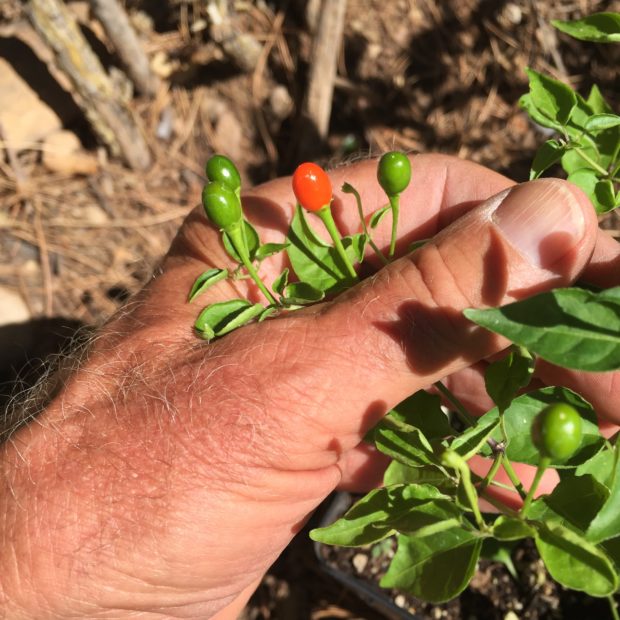
There are many books on chiles, but I remember a chapter on this wild chile in Gary Nabhan’s book of many years ago called Gathering the Desert. You might want to look it up. Goodness, it came out in 1985! Oh, and it comes with killer illustrations by Paul Mirocha.
The photos are mine of chiltepins I grow. You can see the fruit is not round, not oblong, but ellipsoidal. Hotcha!
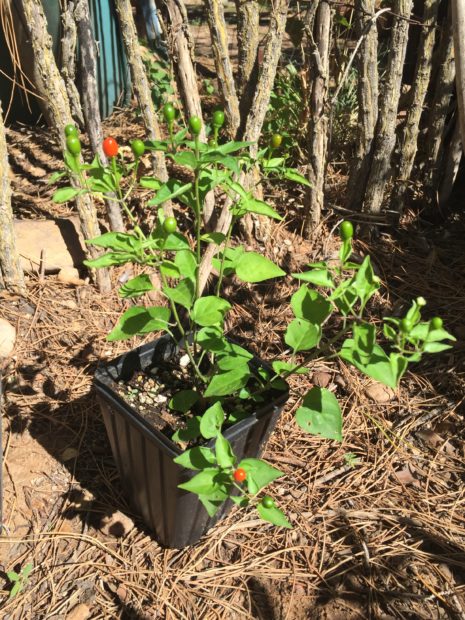
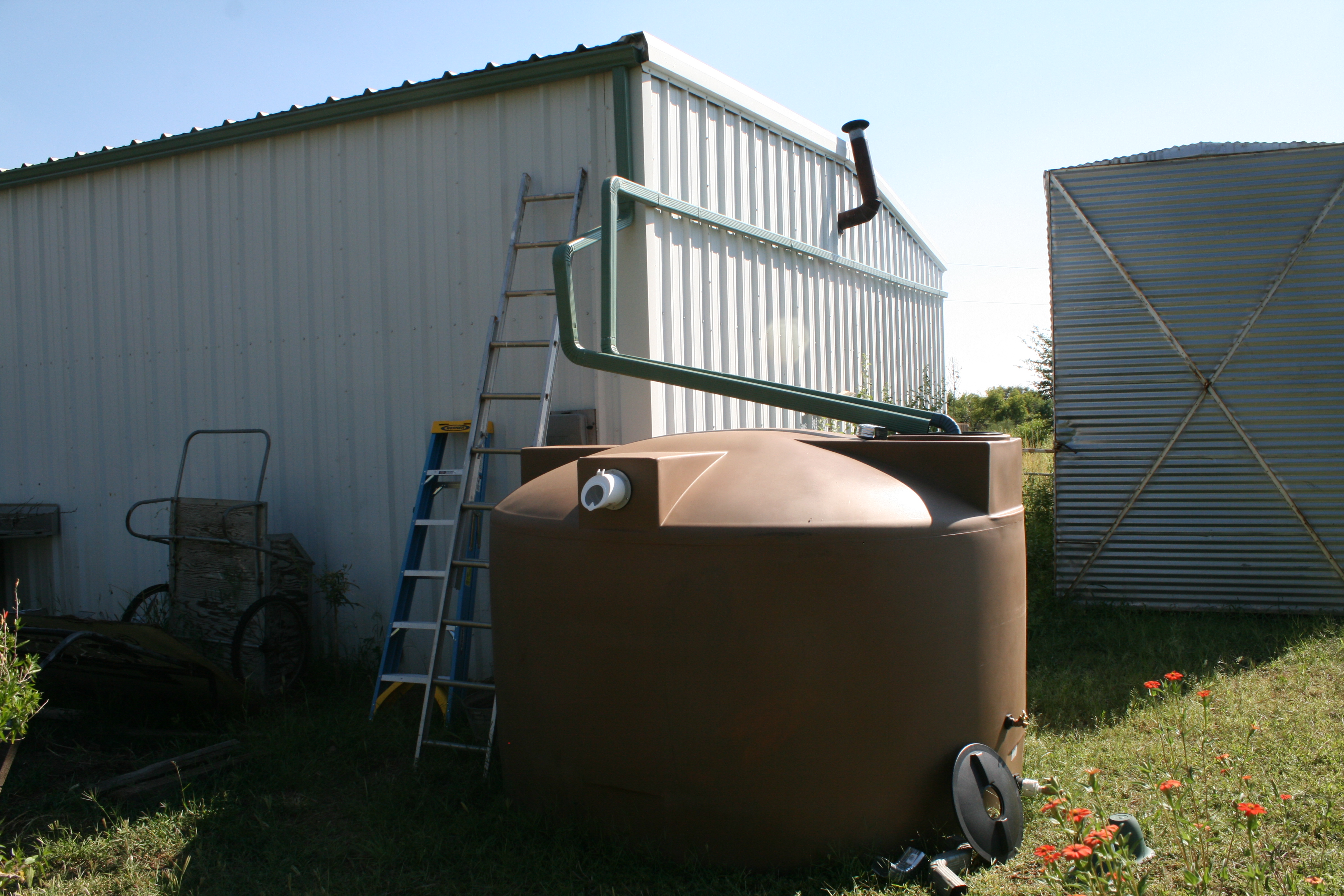
The Ol’ Guajolote is not alive with critters by the time it runs by our home. There are no fish or frogs or mud...
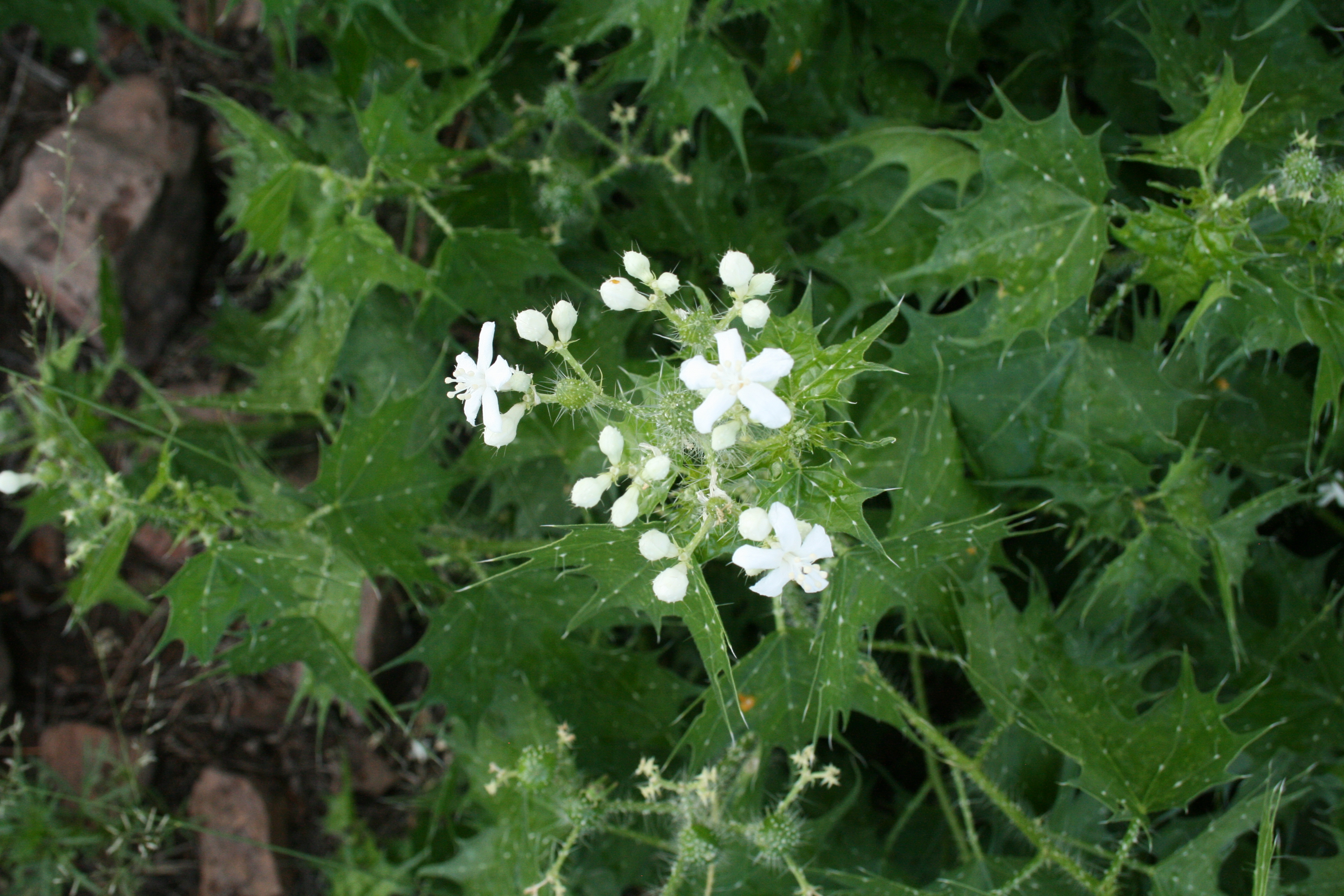
“A muggy monsoon mosey in the Mule Mountains.” Whoa Petey, you are the king of alliteration! Cnidosculous angustidens or Mala Mujer is a fascinating...
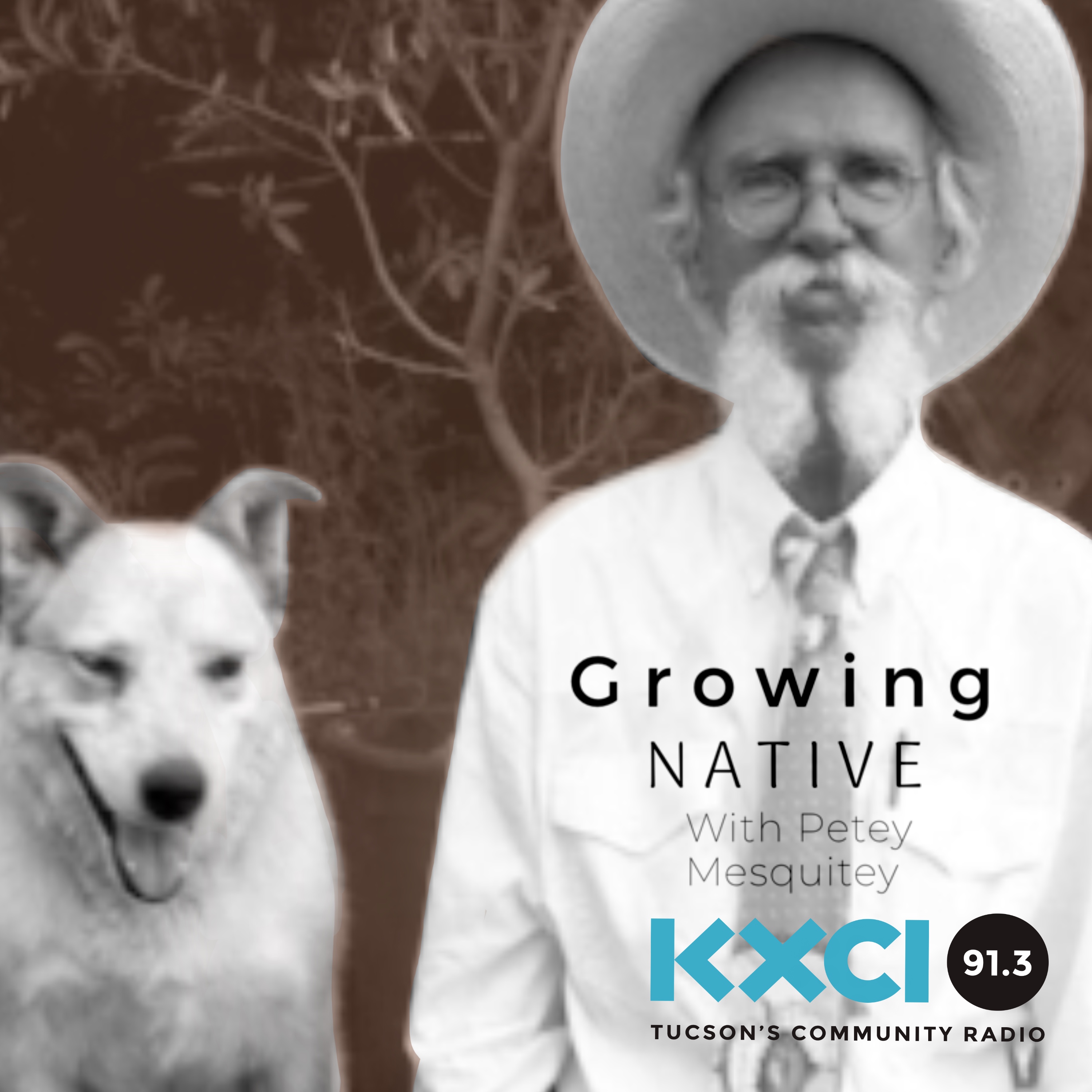
Arizona rainbow hedgehog cactus is Echinocereus rigidissimus. That name hasn’t changed, but the black throated gray warbler is now Setophaga nigrescens…no longer Dendroica. Jeez,...